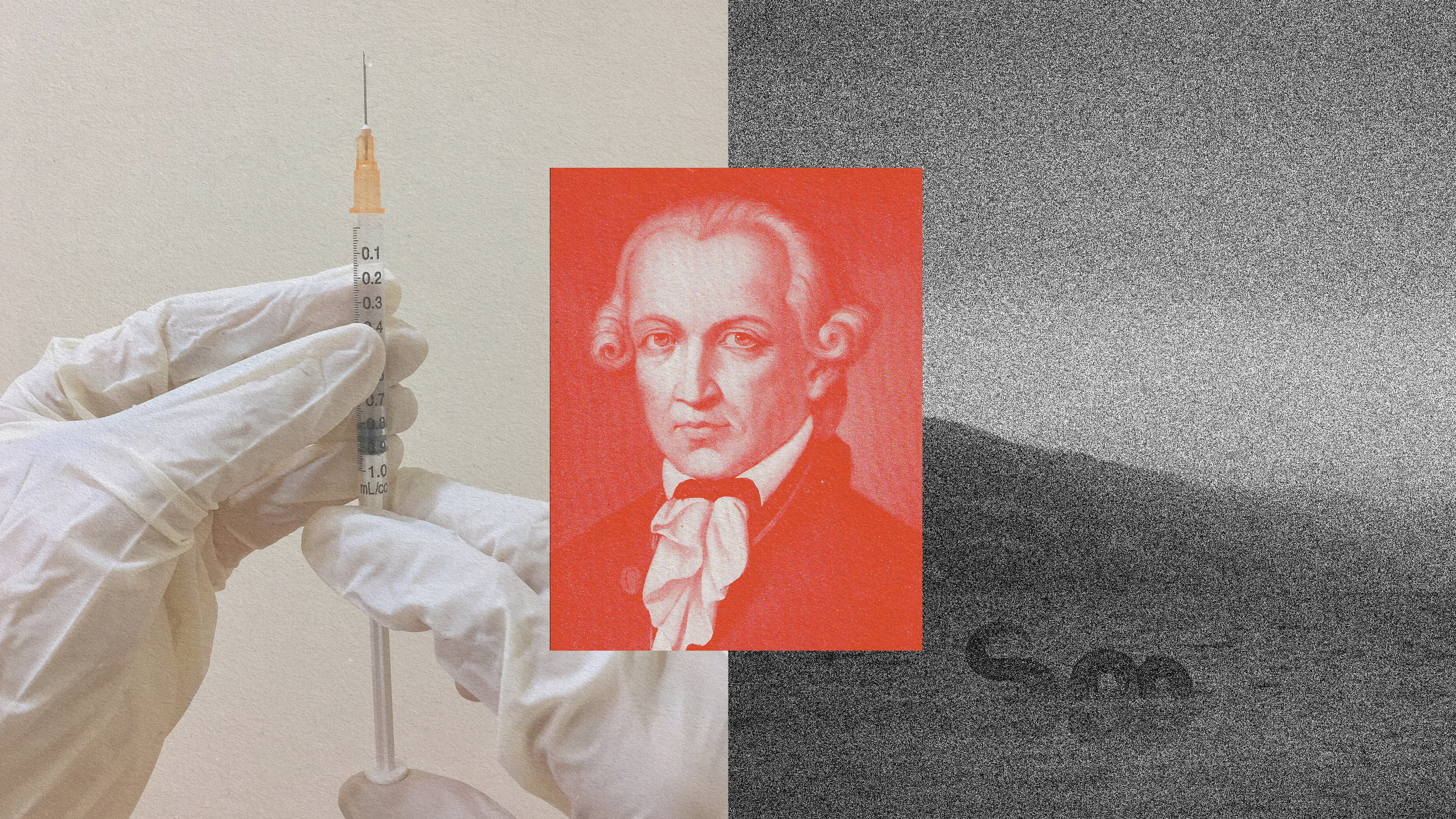Happiness Begins at Fifty

Happiness, difficult to quantify, was long considered immeasurable by scientists and therefore beyond the scope of their profession. In the last two decades, however, that has changed. Happiness studies is now a burgeoning field, no doubt due to our collective desire to achieve happiness. It has also been embraced by the scientific community.
In recent years, happiness researchers have confirmed the existence of the midlife crisis beyond popular myth, and they have developed theories for why our contentment with life follows a “U-curve”, bottoming out in our 40s and picking up again in our 50s. This dip in happiness, the so-called midlife crisis, often has to do with our immersion in professional life and a preoccupation with material wealth.
A flagship study, completed in 2011 by Stanford University psychologist Laura Carstensen, explains what changes as we age:
“‘As people age and time horizons grow shorter, people invest in what is most important, typically meaningful relationships, and derive increasingly greater satisfaction from these investments.’ Midlife is, for many people, a time of recalibration, when they begin to evaluate their lives less in terms of social competition and more in terms of social connectedness.”
If you’re in your forties and feeling low, you are having a normal experience. You are not in crisis. Midlife crises begin when individuals start acting on irrational feelings of dissatisfaction, grasping at short-term solutions from spending splurges to infidelities that can really wreck happiness over the long term.
As Robert Butler, President of the International Longevity Center, says in his Big Think interview, the aging generation defies stereotype: they are motivated, mentally sharp, learning new things, and generally quite happy.
Read more at the Atlantic
Photo credit: Shutterstock




